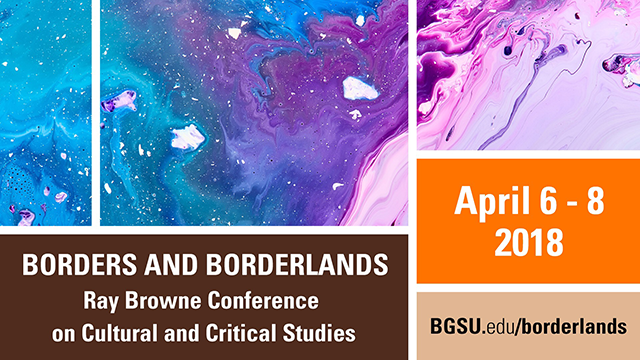
Concurrent Panel Session Three
Start Date
6-4-2018 3:00 PM
End Date
6-4-2018 3:50 PM
Abstract
Gayatry Chakravorty Spivak’s seminal work of Subaltern Studies, “Can the Subaltern Speak?” analyzed the predisposition of the “Western” academy to ultimately silence the voices, experiences, and cultures of colonized, “third world” and non- European “others”. Following Spivak’s work, other scholars examined subaltern speech as it manifested in various other cultural products for instance, music. Notably, subaltern scholars such as Rebecca Romanow and Amanda Weidman in “Can the Subaltern Sing” argued that aural space for the subaltern musician was shrinking in the face of a rapidly globalizing Euro-American music industry. My presentation argues that it is not a question of if the Subaltern can sing or not. Subalterns and subaltern citizens “sing” every day, contributing their voices and experiences to the overall Euro-American soundscape (both marginal and mainstream). Rather, the real question is: how is the subaltern heard? How does a listener whose “ear” has been tuned almost exclusively to the Euro-American soundscape interpret a subaltern musical voice as it is sounded within a westernized aural climate and ultimately decode subaltern identity and experience? I examine the music of the artist Mathangi Arulpragasam, stage name M.I.A. in order to conclude that hybridized subaltern music produced by subaltern citizen artists like M.I.A. carves out a significant space for subaltern aural traditions to be heard with increasing transparency. This music resists the absolute westernization of national/ cultural musics by persistently sounding them in concert with other more familiar musical traditions for all ears to hear, creating a new language for subaltern musical expression.
Included in
Ethnic Studies Commons, Ethnomusicology Commons, Music Performance Commons, Other American Studies Commons, Other Music Commons
“The real spice girl, hot girl power”: M.I.A. Singing the Subaltern Voice in the Euro-American Soundscape
Gayatry Chakravorty Spivak’s seminal work of Subaltern Studies, “Can the Subaltern Speak?” analyzed the predisposition of the “Western” academy to ultimately silence the voices, experiences, and cultures of colonized, “third world” and non- European “others”. Following Spivak’s work, other scholars examined subaltern speech as it manifested in various other cultural products for instance, music. Notably, subaltern scholars such as Rebecca Romanow and Amanda Weidman in “Can the Subaltern Sing” argued that aural space for the subaltern musician was shrinking in the face of a rapidly globalizing Euro-American music industry. My presentation argues that it is not a question of if the Subaltern can sing or not. Subalterns and subaltern citizens “sing” every day, contributing their voices and experiences to the overall Euro-American soundscape (both marginal and mainstream). Rather, the real question is: how is the subaltern heard? How does a listener whose “ear” has been tuned almost exclusively to the Euro-American soundscape interpret a subaltern musical voice as it is sounded within a westernized aural climate and ultimately decode subaltern identity and experience? I examine the music of the artist Mathangi Arulpragasam, stage name M.I.A. in order to conclude that hybridized subaltern music produced by subaltern citizen artists like M.I.A. carves out a significant space for subaltern aural traditions to be heard with increasing transparency. This music resists the absolute westernization of national/ cultural musics by persistently sounding them in concert with other more familiar musical traditions for all ears to hear, creating a new language for subaltern musical expression.

